A legacy of innovation, quality, and culinary experience.
Read our NewsletterBoost your iron levels naturally with these 5 iron rich foods to help fight fatigue and weakness.
Iron deficiency is one of the most common nutritional deficiencies worldwide and can lead to a condition called anemia, which causes symptoms such as fatigue, dizziness, and weakness. Iron plays a crucial role in carrying oxygen throughout the body, and when levels drop, it can affect overall health and energy levels. In 2025, addressing iron deficiency remains an important health goal, and one of the most effective ways to manage and prevent it is through a nutrient-rich diet. This post will explore five of the best food products that can help manage iron deficiency symptoms, offering practical advice on how to incorporate them into your daily meals.
Iron is an essential mineral required for many bodily functions. It is particularly vital for the formation of hemoglobin, the protein in red blood cells responsible for transporting oxygen from the lungs to the rest of the body. Iron deficiency can result in reduced oxygen supply to tissues and organs, leading to symptoms like tiredness, shortness of breath, and paleness.
For individuals diagnosed with iron deficiency or anemia, managing the condition through dietary choices is crucial. While iron supplements are commonly recommended, consuming iron-rich foods is a natural, sustainable way to address the deficiency and promote overall health.
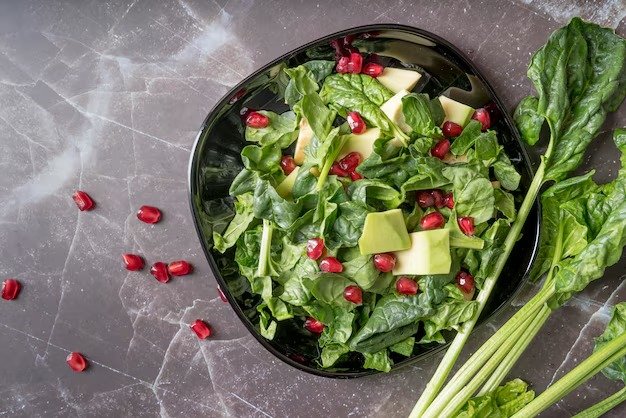
Leafy greens, such as spinach, kale, and swiss chard, are packed with non-heme iron, the plant-based form of iron. These vegetables are an excellent choice for individuals looking to manage iron deficiency, as they provide a significant amount of iron without being high in calories.
Rich in Non-Heme Iron: Although non-heme iron is not as easily absorbed by the body as heme iron from animal products, it is still a crucial source of iron for vegetarians and vegans.
High in Vitamin C: Many leafy greens are also rich in vitamin C, which can help enhance the absorption of iron when consumed together. For example, adding a squeeze of lemon or mustard to your spinach salad can increase the iron absorption significantly.
To incorporate more leafy greens into your diet, try adding them to your ready meals or mixing them with mushroom slices for an earthy, iron-boosting dish. You can also add them to smoothies, soups, or pastas like pasta ditalini rigate, making them both nutritious and versatile.
Toss spinach and kale into a warm bowl of pasta ditalini rigate for a hearty, iron-rich meal.
Use leafy greens as the base of a salad with a mustard-based dressing to enhance flavor and iron absorption.
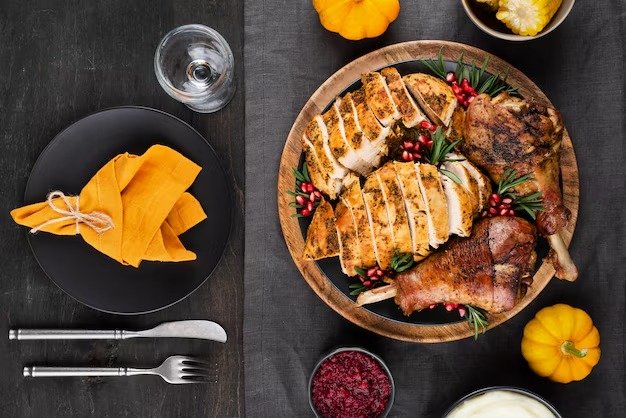
For those who consume animal products, lean meats such as beef, chicken, and turkey are excellent sources of heme iron, which is more readily absorbed by the body compared to non-heme iron. Heme iron plays a critical role in maintaining healthy red blood cells and preventing iron deficiency anemia.
High in Heme Iron: Unlike non-heme iron, which must undergo additional processing in the body, heme iron is absorbed more efficiently, making lean meats an ideal choice for those looking to increase iron levels quickly.
Packed with Protein: Lean meats also provide high-quality protein, which is essential for overall health and muscle repair.
You can enjoy lean meat in a variety of ways. For instance, pairing chicken with roasted vegetables or incorporating beef into a rich stew or ready meal is a delicious and iron-friendly option.
Add slices of lean beef or chicken to a vegetable stir-fry with mushroom slices for added flavor and iron.
Make a ready meal with turkey meatballs, spinach, and a tomato-based sauce to boost both iron and protein intake.
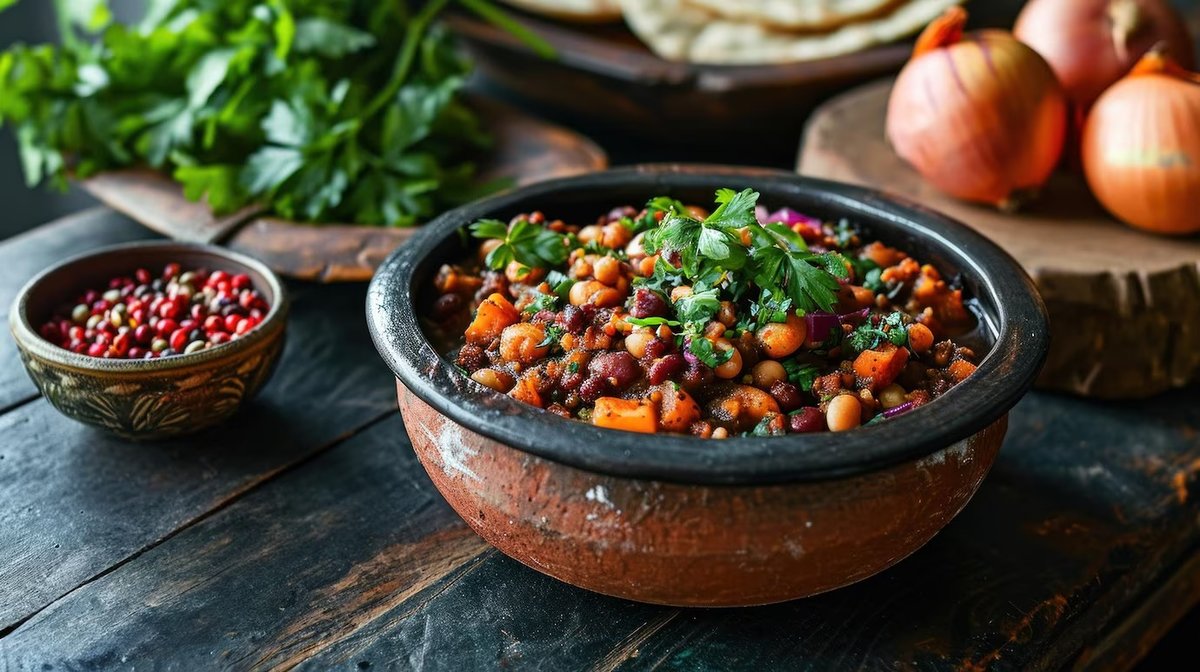
Legumes, such as lentils, beans, and chickpeas, are excellent plant-based sources of iron and provide a wealth of other nutrients, including fiber and protein. For those who prefer a vegetarian or vegan approach to managing iron deficiency, legumes are a must-have in the diet.
Rich in Iron and Protein: Legumes contain a considerable amount of non-heme iron, as well as protein, making them perfect for muscle building and boosting iron levels simultaneously.
High in Fiber: Fiber helps with digestion and promotes satiety, which can also help prevent overeating, making legumes a healthy and filling choice.
For an easy and nutritious meal, you can add lentils to soups, stews, or even ready meals. Chickpeas can be blended into hummus or tossed into salads, and beans can be incorporated into chili or pasta dishes.
Mix lentils into a savory stew or pair with pasta ditalini rigate for a hearty, iron-filled meal.
Make a chickpea and spinach salad with a mustard-based dressing for a simple, nutritious lunch.
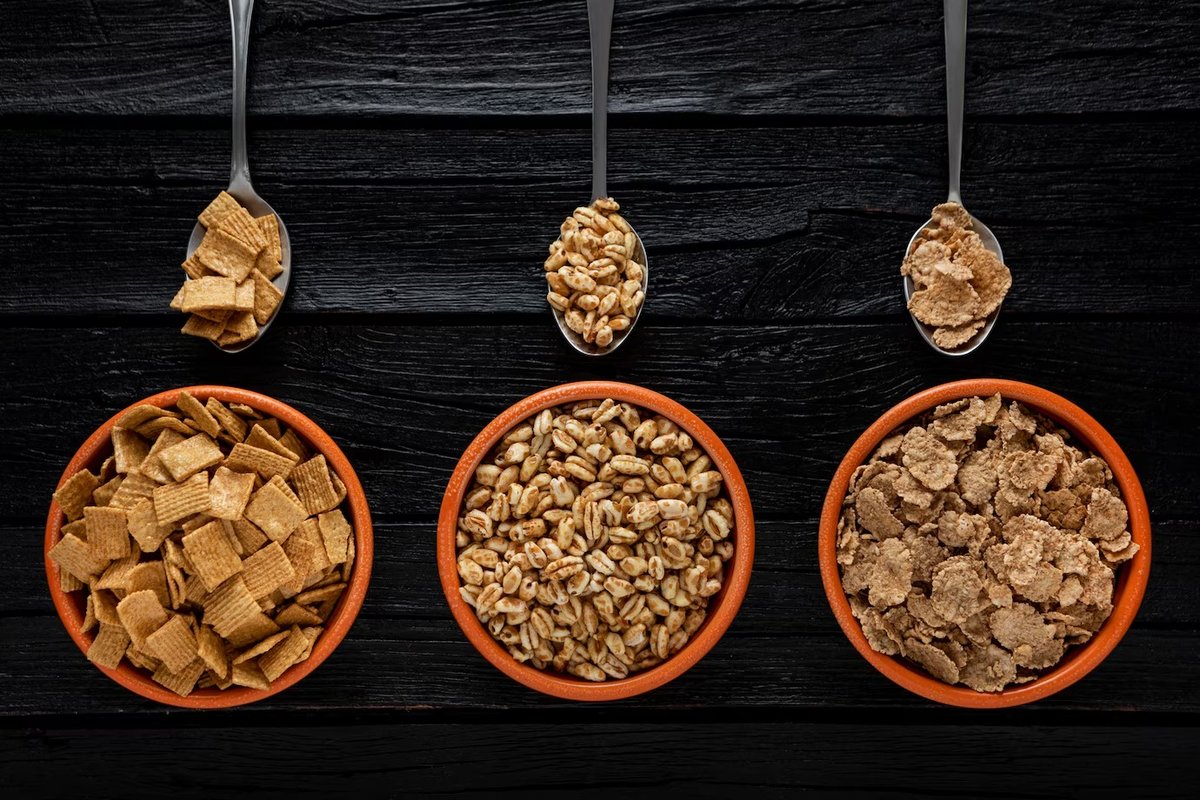
Fortified cereals are a convenient and effective way to increase iron intake, especially for those who struggle to consume enough iron-rich foods through their regular diet. Many cereals are fortified with iron and other essential nutrients, such as folic acid and vitamin B12, making them a great option for individuals with iron deficiency.
Fortified with Iron: Many breakfast cereals are enriched with iron, making them a quick and easy way to get your daily dose of the mineral.
Easy to Incorporate into Daily Routine: Whether you prefer them with milk, yogurt, or as part of a smoothie, fortified cereals provide a hassle-free way to manage iron levels.
To further enhance the absorption of iron, try pairing your fortified cereal with a source of vitamin C, such as fresh berries, citrus fruits, or a splash of orange juice.
Start your day with a bowl of iron-fortified cereal, topped with fresh strawberries or orange slices for a vitamin C boost.
Mix mushroom slices with your cereal for an unexpected but delicious savory twist.
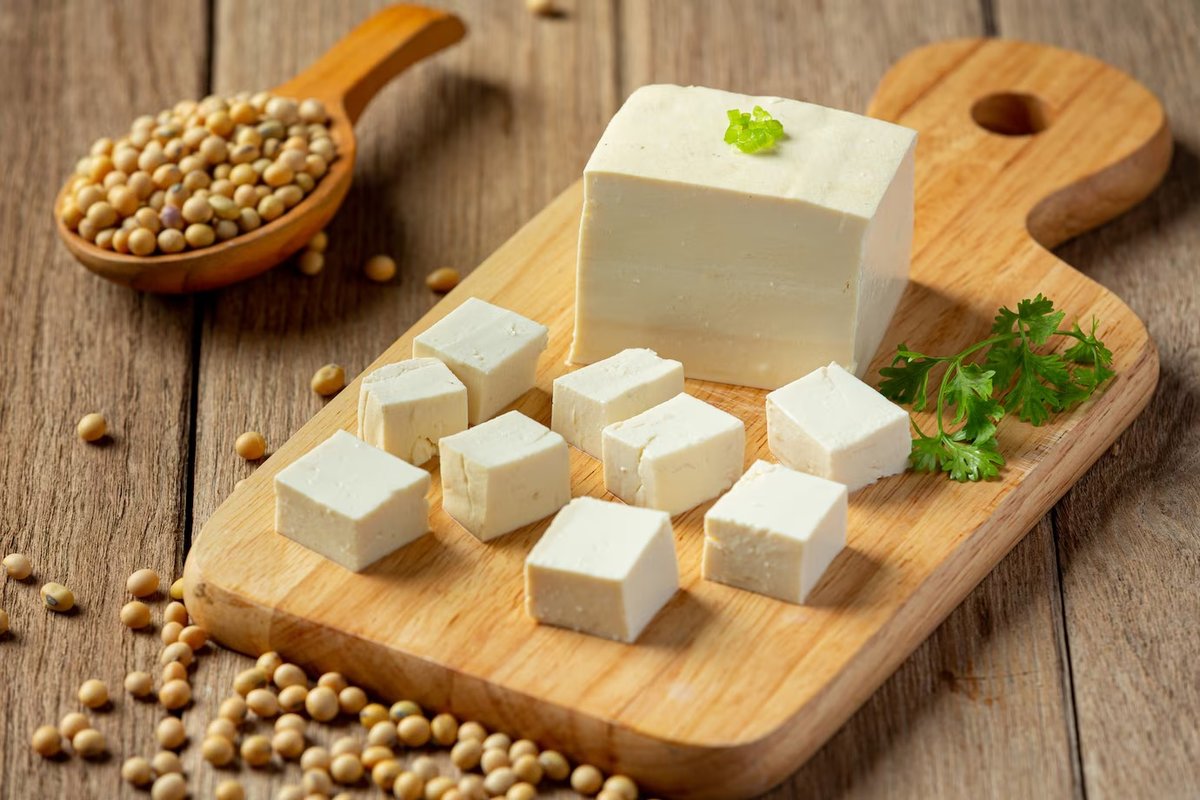
For those following a plant-based diet, tofu and tempeh are excellent sources of iron and protein. Both tofu and tempeh are made from soybeans, which are rich in non-heme iron and can be easily incorporated into a variety of dishes.
Rich in Iron and Protein: Both tofu and tempeh provide substantial amounts of iron and protein, making them an excellent substitute for animal-based sources of iron.
Versatile and Easy to Cook: Tofu and tempeh can be added to stir-fries, salads, soups, and even sandwiches, offering a variety of delicious ways to boost iron intake.
Adding tempeh to your ready meals or stir-fries with leafy greens and a touch of mustard can create a nutrient-dense, iron-rich dish that is both satisfying and healthy.
Make a tofu stir-fry with tempeh, spinach, and your favorite vegetables, seasoned with soy sauce and garlic.
Add tempeh to a ready meal with quinoa, broccoli, and a mustard dressing for an iron-packed lunch.
Iron deficiency remains a widespread issue, but managing it through dietary choices is both practical and effective. By including foods like leafy greens, lean meats, legumes, fortified cereals, and plant-based proteins like tofu and tempeh, you can support your body’s iron needs and promote overall health.
These five food products offer a variety of options for individuals looking to prevent or manage iron deficiency symptoms in 2025. Incorporating them into your meals—whether through ready meals, salads, or hearty stews—can help ensure that you are meeting your nutritional requirements while enjoying flavorful, nutrient-dense foods